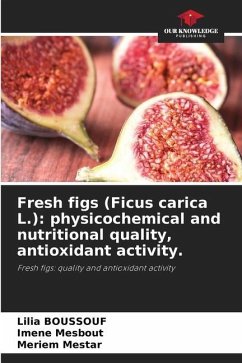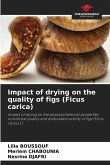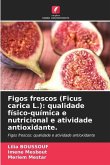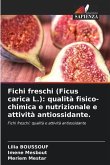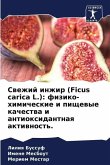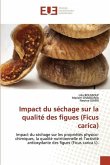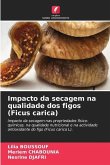The fig (Ficus carica L.) is the fruit of the fig tree, a member of the Moraceae family, which is the emblem of the Mediterranean basin, where it has been cultivated for thousands of years. Mediterranean countries are the main producers of figs. Algeria produces 12.54% of the world's total fig crop. This fruit is a rich source of fiber, trace elements, antioxidant polyphenols, proteins, sugars, organic acids and volatile compounds that provide a characteristically pleasant aroma. Recently, a great deal of research has focused on the nutritional, physicochemical and pharmacological quality of this fruit. Thus, the proximate composition of fig fruit is reported by various researchers as 77.5 to 86.8% moisture, 2.53 to 3.08% ash, 9.453 to 26.016 (g / 100 g) carbohydrates, 4.4 to 6.7% protein and 4 to 7.4% fiber on fresh weight. Phenolic compounds are a group of secondary metabolites that contribute not only to the fruit's sweet, bitter and astringent taste, but also to its aroma. Figs are rich in glycosidic flavonols, anthocyanins and other polyphenols.

